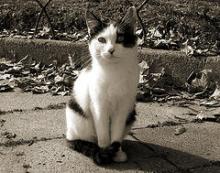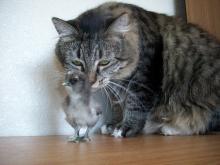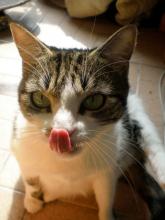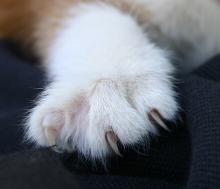Puss in Boots Packs Positive Cat Messages—and Fun
It had a male lead, with mostly male characters—go figure—but we had a couple of female protagonists and a main female villain, too, which was cool. The female cat was powerful and clever, which was very welcome; however, she did use “feminine wiles” to get what she wanted, which I didn’t like. I also didn’t like how Puss kept mentioning what a good lover he was, which wasn’t that appropriate for a kids’ film. All of that said, I still enjoyed the movie quite a bit.
There weren’t really any deaths (save for Humpty Dumpty, who was shown alive at the end—so you never know), and most of the “bad guys” redeemed themselves at the end, which I love because life is not black and white, and I don’t like the common portrayal of the evil villain versus the good guy as being end-all, be-all because that’s not how life really is. Kids learn that people are just bad or good, which isn’t true; there’s both qualities in all of us, and I love it when the antagonist makes amends much more than when he/she gets locked up or killed.
The movie is also filled with funny sequences—particularly regarding cat behavior!—and will make most children smile. In our group of five, I know we all laughed aloud several times. But one thing that surprised me about the movie was a message that was in it about declawing cats.
I have always been against declawing cats because that’s their last line of defense. What if you die, or there’s a fire, or you are otherwise separated and your cat has to fend for him or herself, catch food, and survive in general? Those claws are needed! In the film, the female cat has been declawed by her previous owners, and she speaks about how confused it left her, how she didn’t know what she did wrong to lose her claws. Puss empathizes with her and calls cat people crazy. That’s not necessarily true (well, not all of the time!), but I did like how they stressed how cats need their claws throughout the film, and how it impacted this cat. I hope a lot of cat lovers (and future ones) took this message home and to heart after the film.









